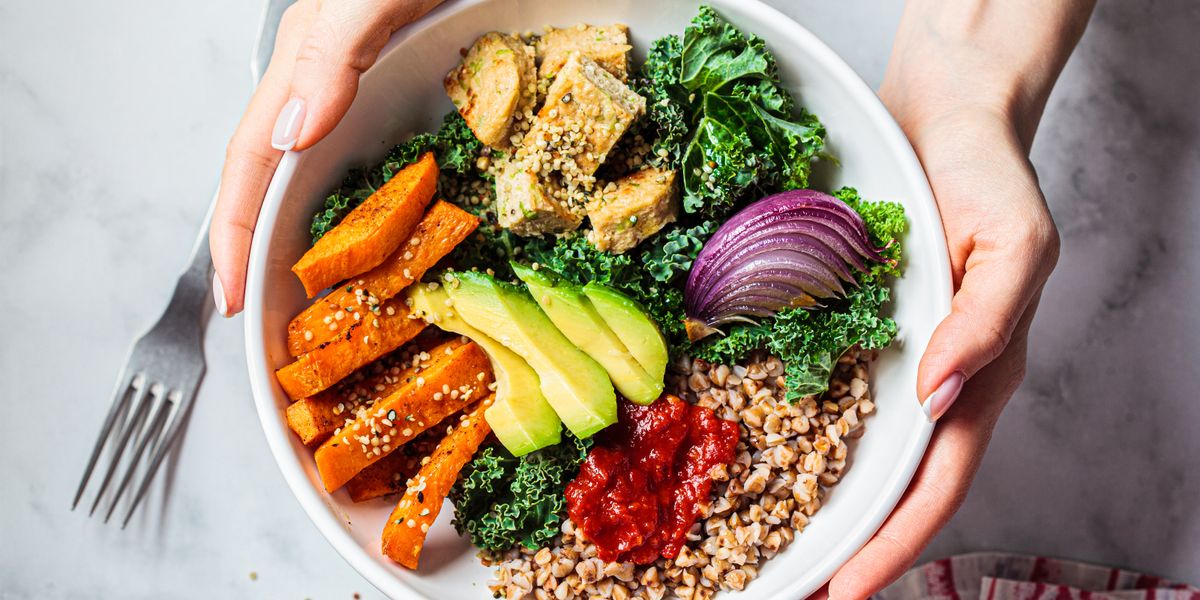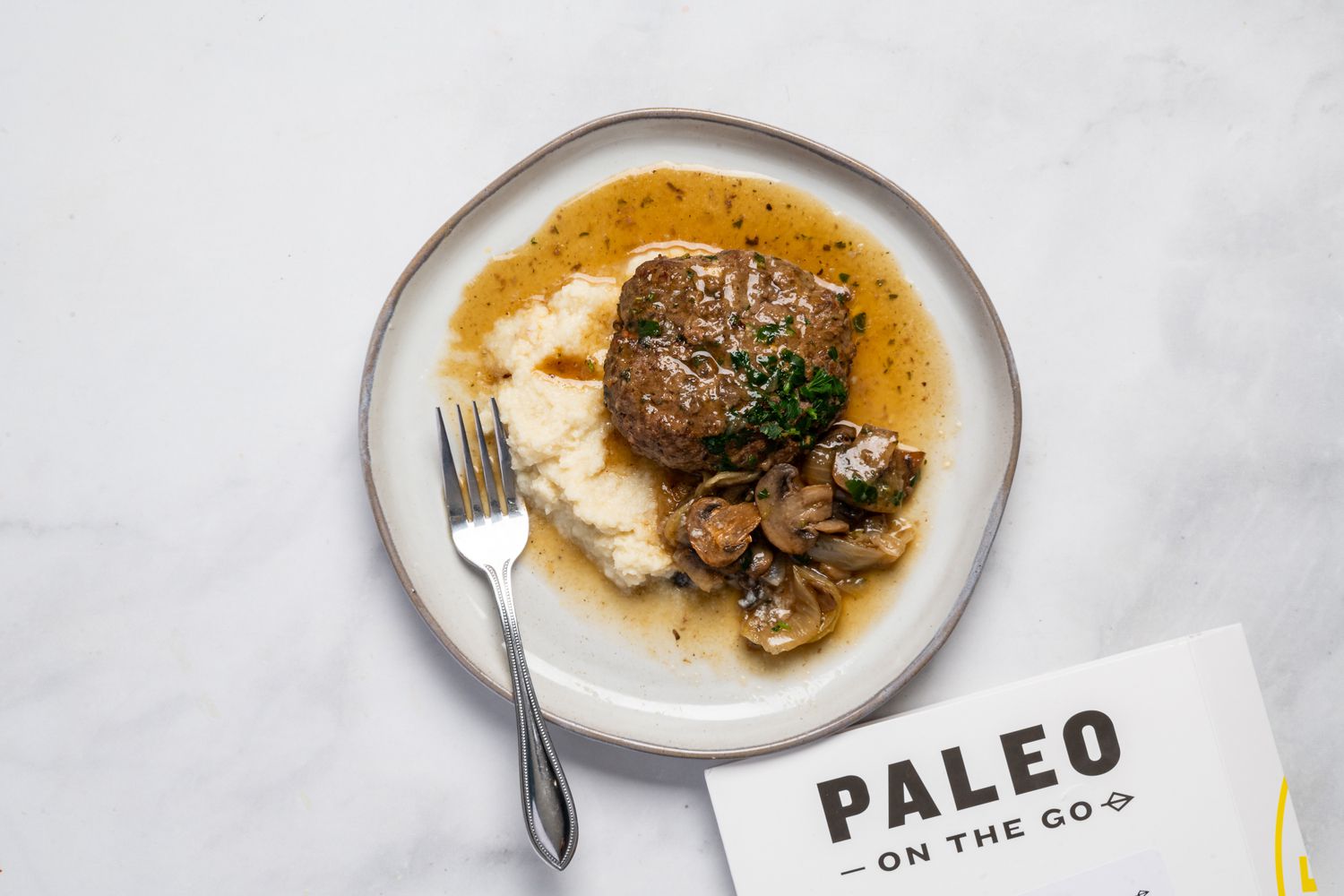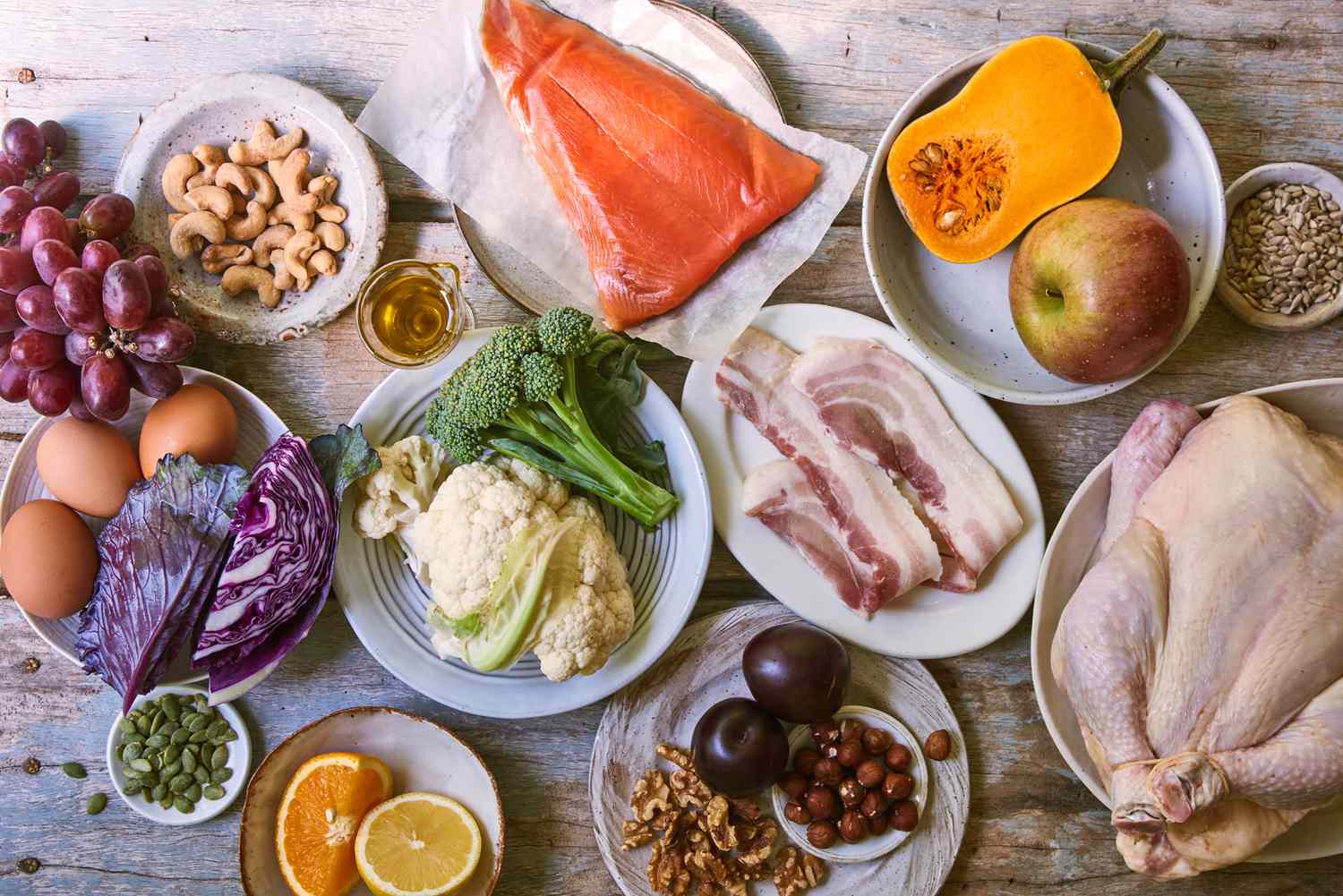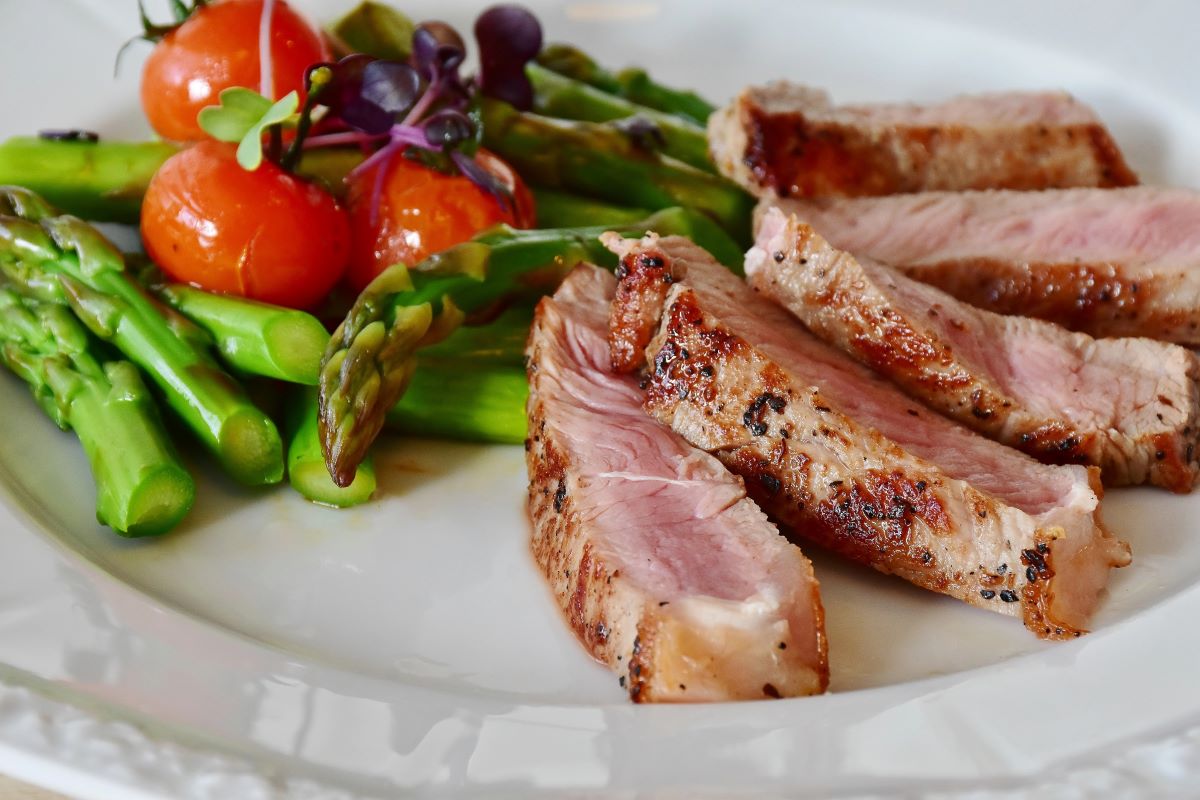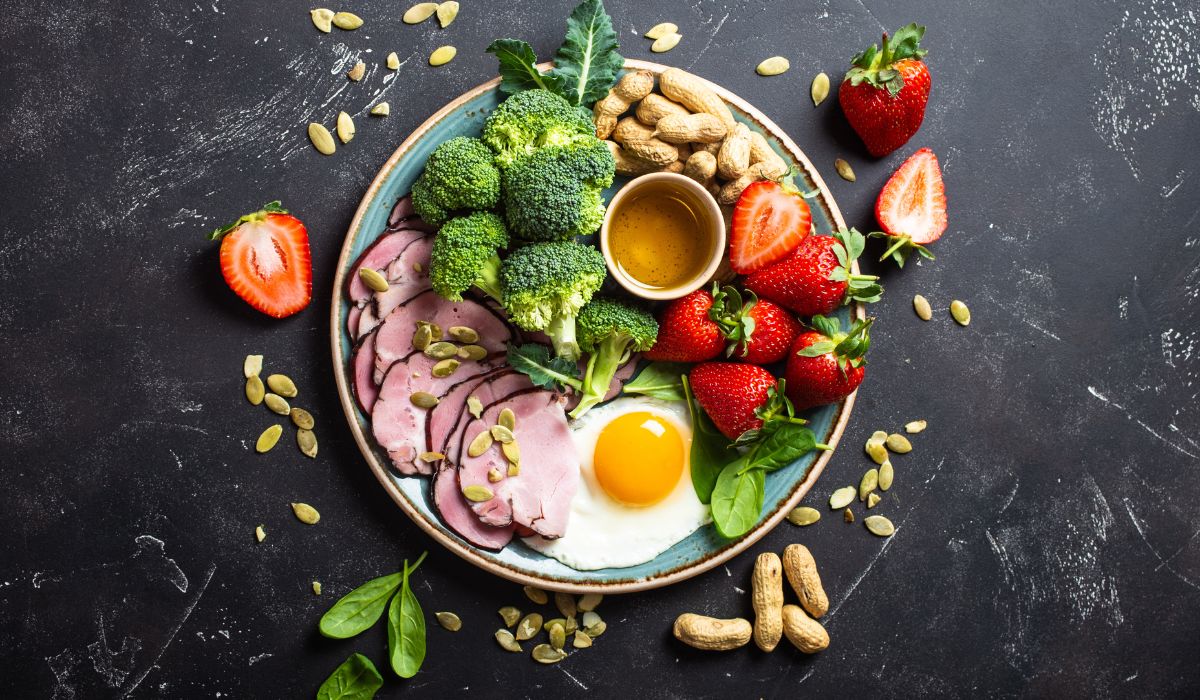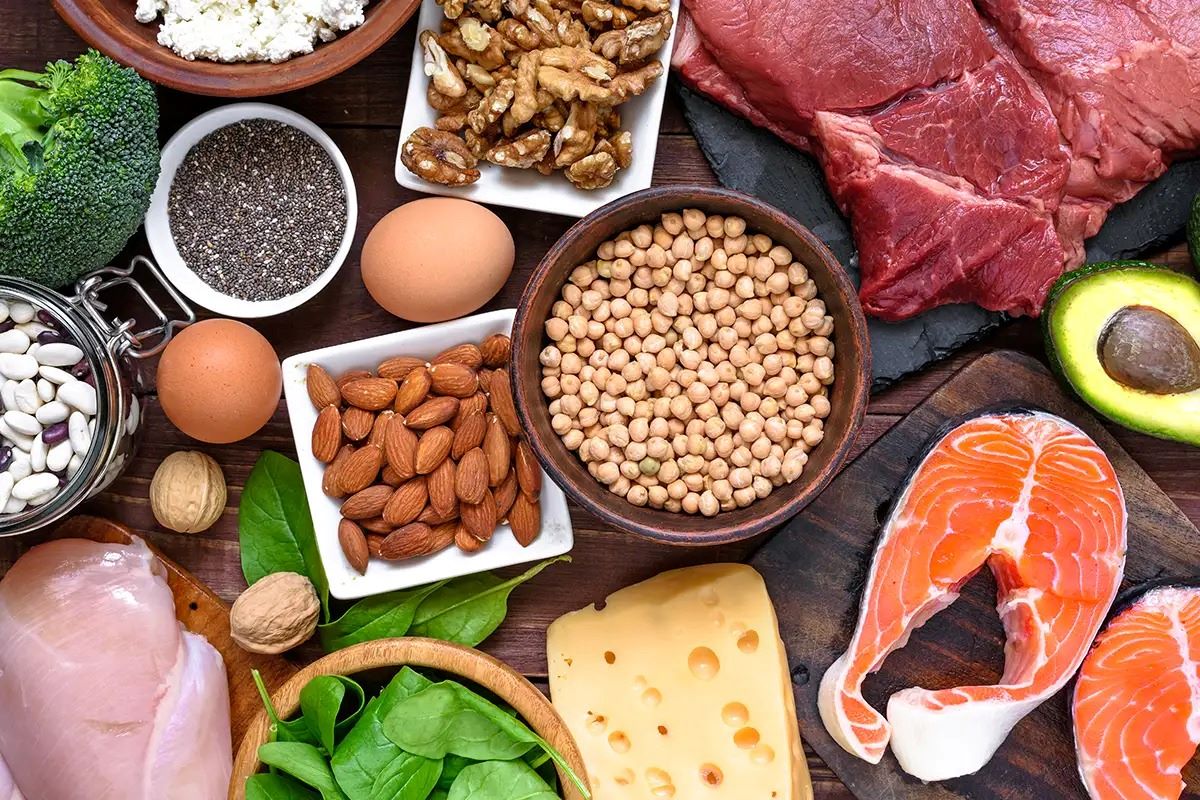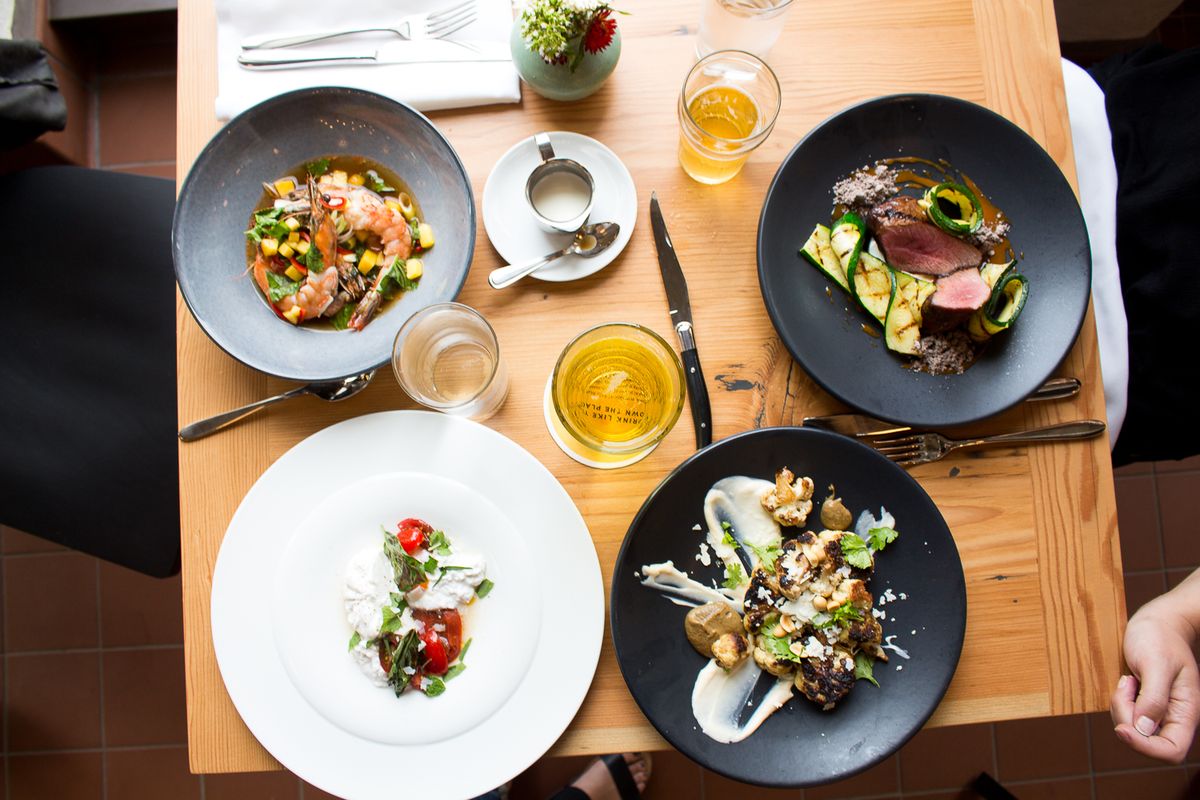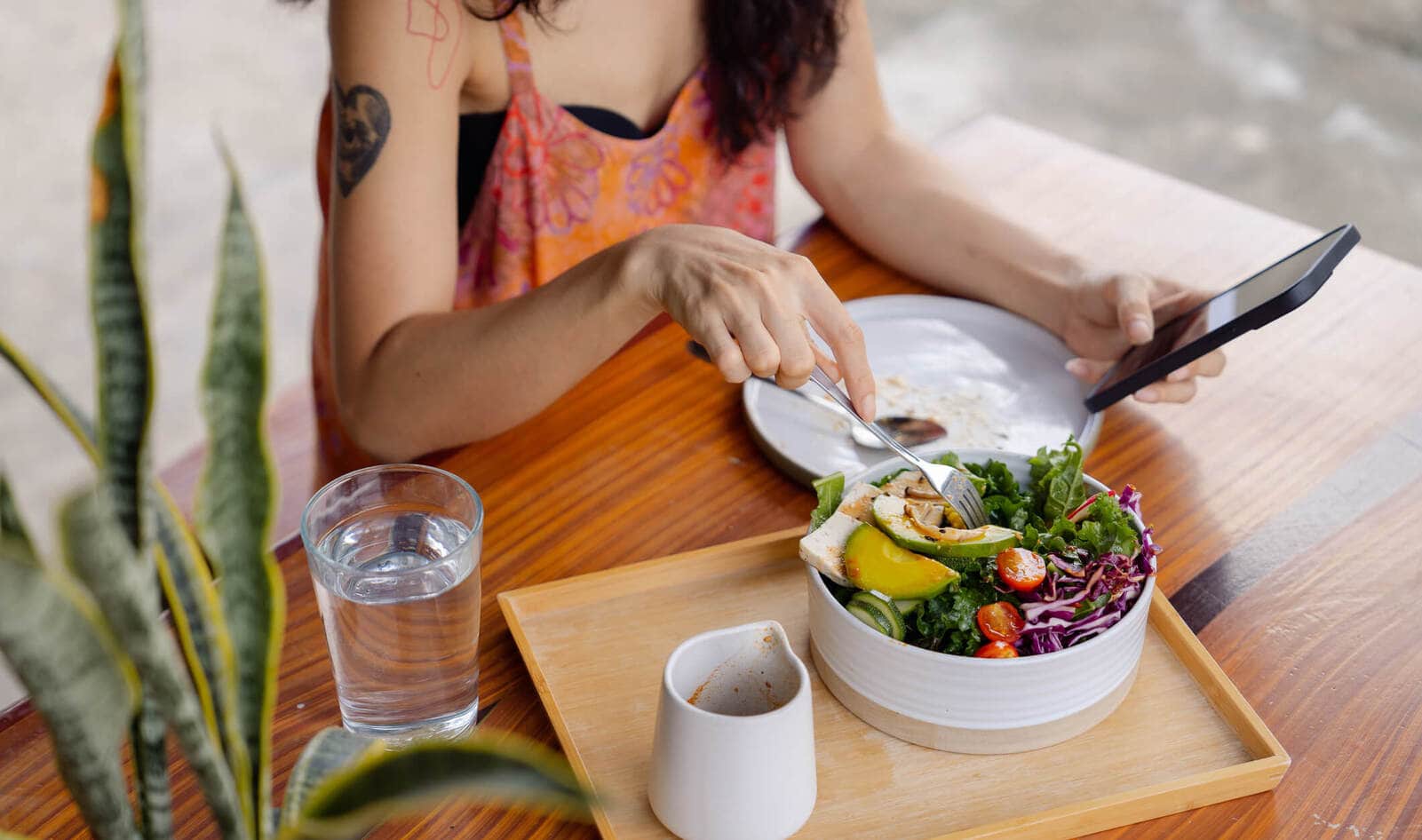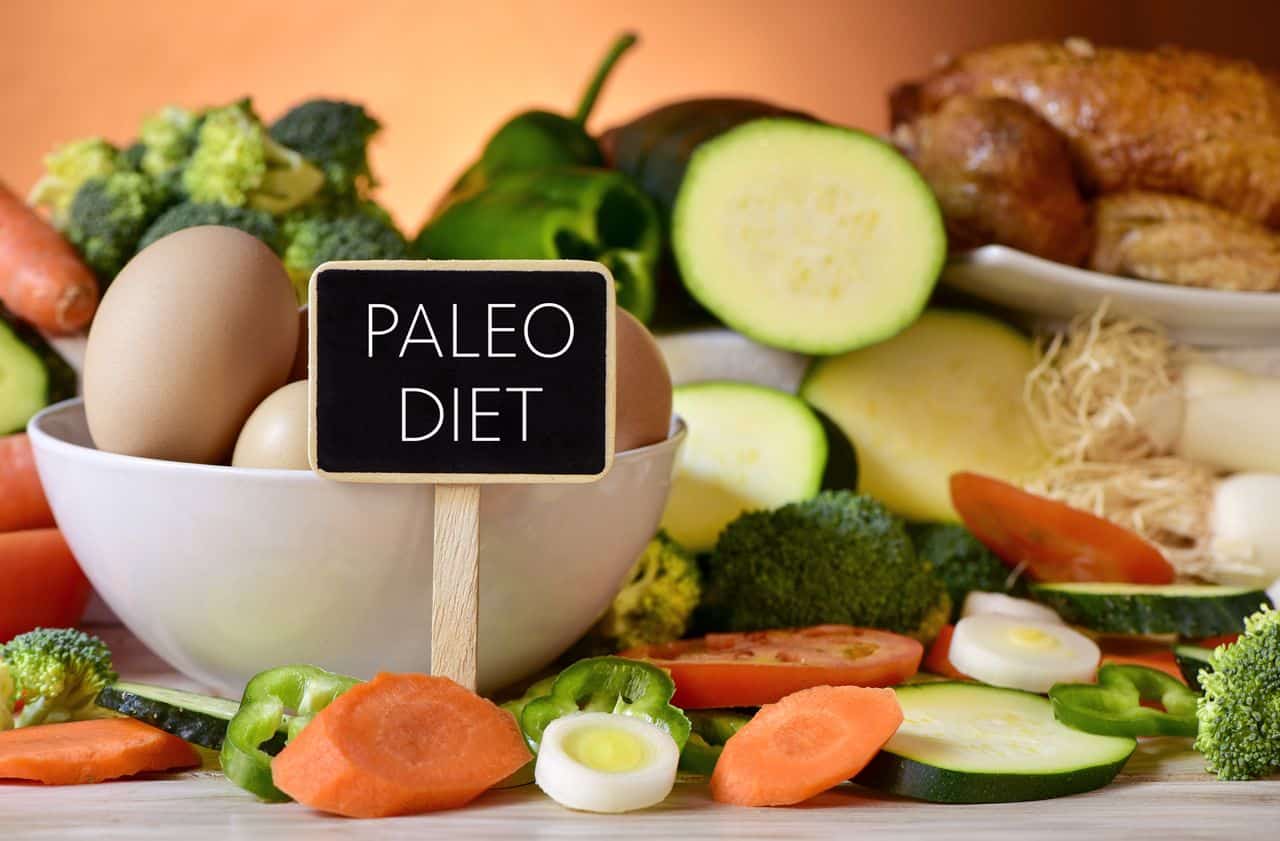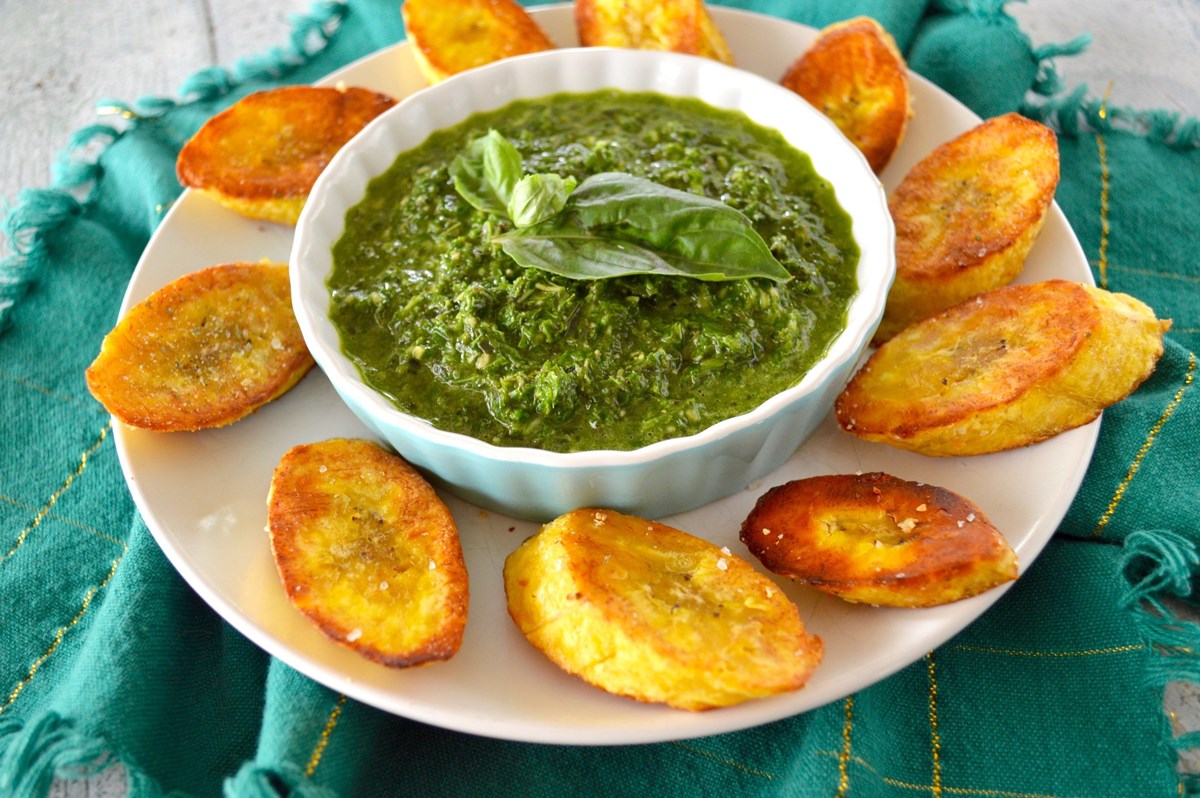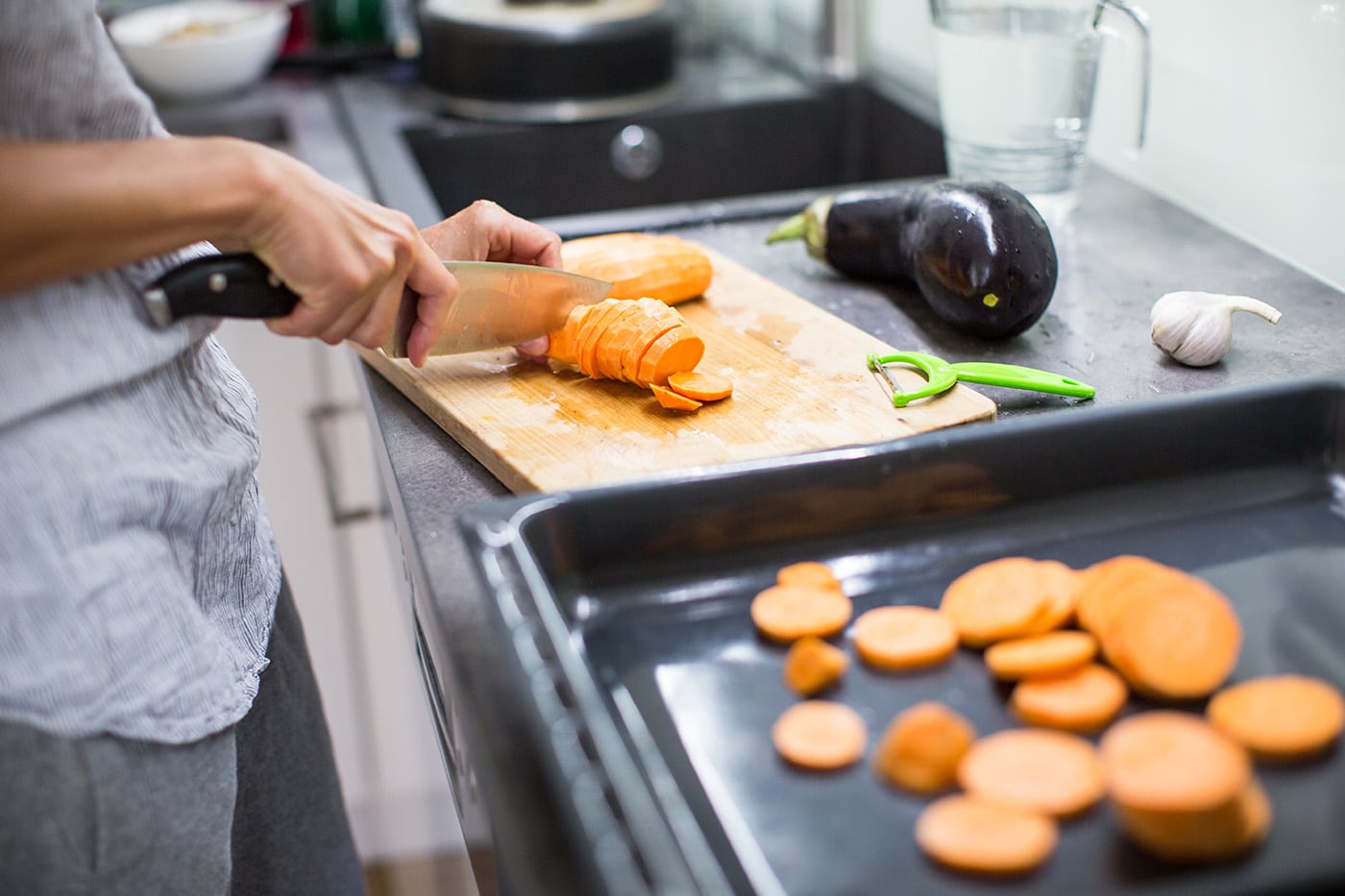What is the Paleo Diet?
The Paleo diet, also known as the caveman diet, is based on the idea of eating foods similar to those available to our ancestors during the Paleolithic era. This means consuming foods that can be hunted, fished, or gathered, such as lean meats, fish, fruits, vegetables, nuts, and seeds. The diet excludes processed foods, grains, legumes, and dairy products, as these were not part of our ancestors’ diet.
How to Eat on a Paleo Diet
Transitioning to a Paleo diet may seem daunting at first, but with the right approach, it can be both delicious and nutritious. Here are some tips on how to eat on a Paleo diet:
Focus on Whole Foods
Whole foods are the foundation of the Paleo diet. These include:
- Lean meats such as beef, chicken, and turkey
- Fatty fish like salmon and mackerel
- Fruits and vegetables
- Nuts and seeds
- Healthy fats like avocado and coconut oil
Avoid Processed Foods
Processed foods are a big no-no on the Paleo diet. This means steering clear of:
- Refined sugars
- Artificial sweeteners
- Trans fats
- Processed meats
- Refined grains
Read Labels Carefully
When shopping for Paleo-friendly foods, it’s important to read labels carefully. Look for foods that contain minimal ingredients and avoid products with added sugars, preservatives, and artificial additives.
Plan Your Meals
Meal planning is key to success on the Paleo diet. Take the time to plan your meals and snacks for the week, ensuring that you have plenty of Paleo-friendly options on hand to avoid temptation.
Get Creative in the Kitchen
Embrace your inner chef and get creative in the kitchen. Experiment with new recipes and cooking methods to keep your meals exciting and satisfying.
Listen to Your Body
Listen to your body and pay attention to how different foods make you feel. Everyone’s body is unique, so it’s important to find what works best for you on the Paleo diet.
Benefits of the Paleo Diet
Following a Paleo diet can have numerous benefits, including:
- Weight loss
- Improved energy levels
- Better digestion
- Reduced inflammation
- Stable blood sugar levels
Final Thoughts
Transitioning to a Paleo diet may require some adjustment, but the potential benefits make it a worthwhile endeavor. By focusing on whole foods, avoiding processed products, and getting creative in the kitchen, you can enjoy a delicious and nutritious way of eating that is in line with our ancestral roots.
